What is collective bargaining, and how does it help workers?
The growing popularity of union membership is throwing a spotlight on the power of collective bargaining.
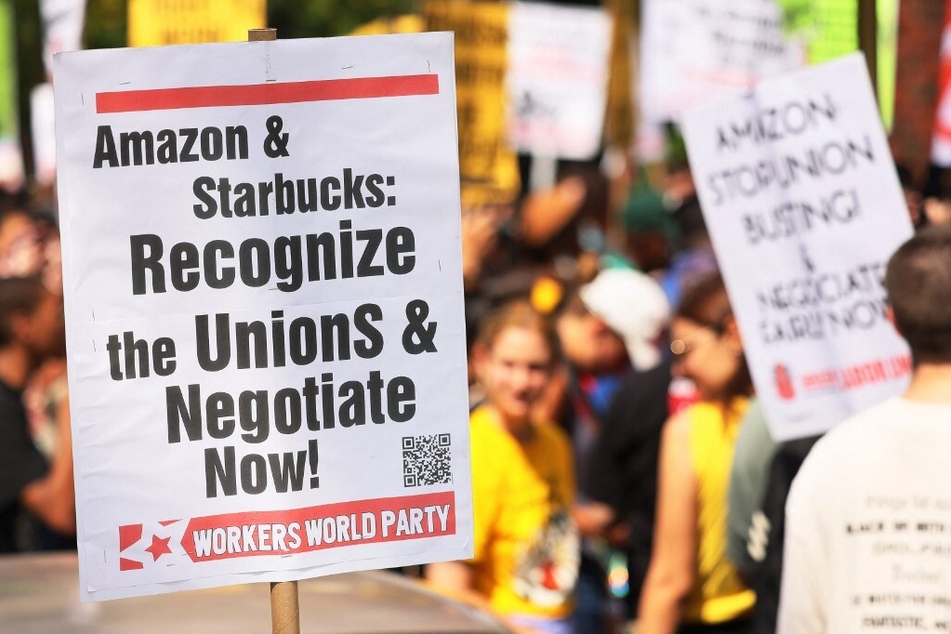
With the rise of the Amazon Labor Union, Starbucks Workers United, and more, labor unions are enjoying their highest approval in the US since 1965.
Fed up with low wages, terrible working conditions, and rising costs of living, workers around the country are joining together to demand more say on the job.
Conditions got even worse during the coronavirus pandemic. Many workers have been forced to put their health and safety on the line for starvation wages as the companies they work for reap massive profits.
Now, a growing number of workers are coming together to fight for collective bargaining rights to address their exploitative working conditions.
But what does collective bargaining mean, and how does it help workers?
What is collective bargaining?
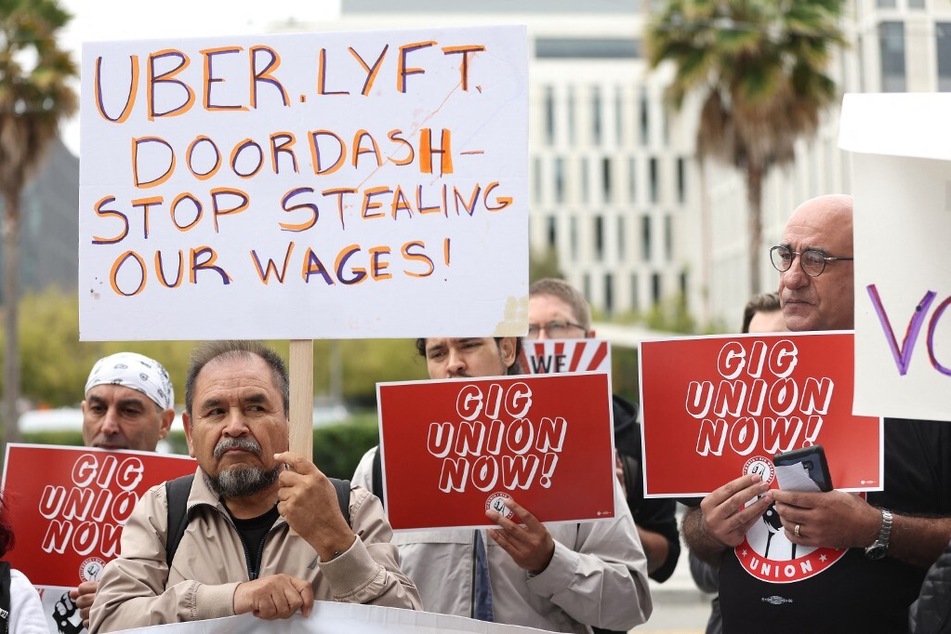
Collective bargaining is a tool union workers may use to negotiate their terms of employment with management.
The goal is to reach an agreement that addresses wages, benefits, hours, leave, and safety conditions over a set number of years.
Collective bargaining is one of the most powerful ways workers can protect themselves from exploitation by employers. Data show that when workers band together to negotiate their contracts, their salaries are higher and their workplaces are safer.
That's why collective bargaining rights are federally protected under the National Labor Relations Act, a 1935 law that also secures US workers' right to form a union and go on strike.
The right to form a union and engage in collective bargaining is also included in Article 23 of the United Nations Universal Declaration of Human Rights.
What is involved in the collective bargaining process?
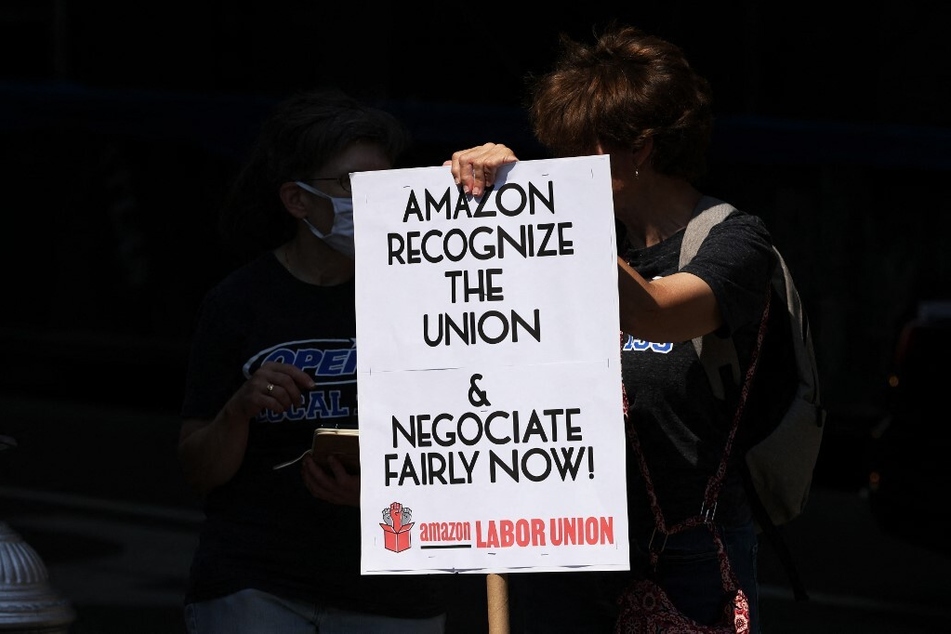
There are several steps to the collective bargaining process.
Step 1: The union and employer select their bargaining teams. The union's team will prepare to negotiate by analyzing the current contract and speaking with fellow workers about the changes they want to see.
Step 2: Contract negotiations begin and may take several rounds as the management team and union representatives present their proposals and try to reach a deal.
Step 3: The bargaining teams negotiate until they reach a tentative contract agreement addressing issues like pay, hours, leave, health care, and safety conditions. Bargaining representatives may then hold informational sessions to answer questions and solicit opinions from union membership.
Step 4: The tentative agreement goes to union members for a vote. The proposal is ratified if a majority of members vote in favor. If the tentative agreement is rejected, both sides must return to the bargaining table.
Step 5: After the agreement is finalized, workers and union representatives continue to monitor its implementation to make sure employers are holding up their end of the bargain.
While the process may be lengthy, it can have huge benefits for workers by allowing them more say in their employment contracts.
What happens if workers and employers don't reach an agreement?
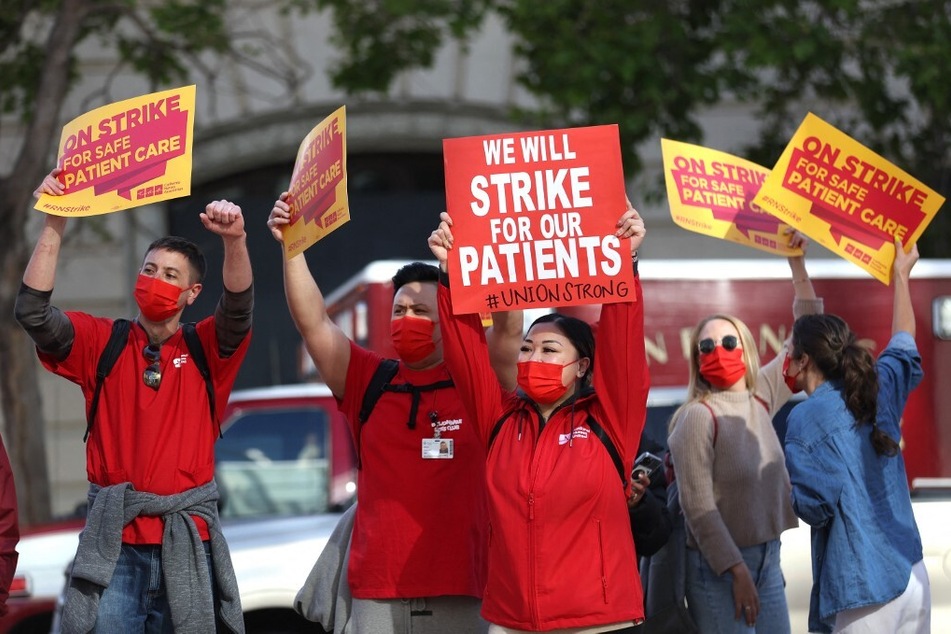
In an ideal scenario, employers and employees are able to reach an agreement that adequately addresses workers' basic needs and desires, but that's not always the case.
Sometimes contract talks break down, and no agreement is reached by the time the negotiation period ends.
In such cases, one of the most powerful weapons in a union's war chest is the strike.
When workers walk out, they send a strong message that hits the bosses where it hurts: in the bank account. After all, workers are the ones whose labor generates the company's profits.
Strikes may last a day or even months or years, depending on how long employers refuse to meet workers' needs.
Strikes regularly force companies to return to the bargaining table, often with more concessions in workers' favor.
Do union workers earn more?
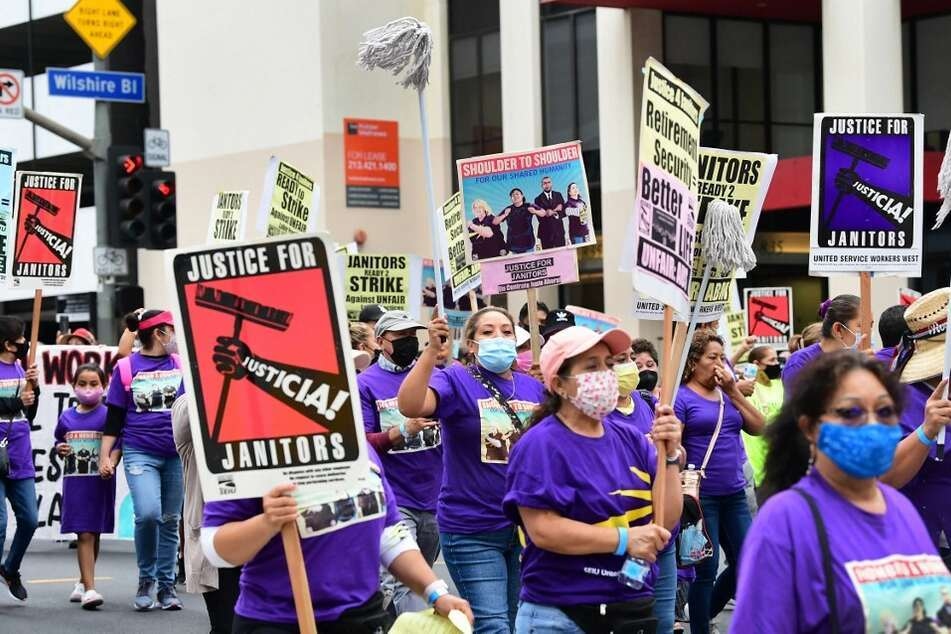
It's true: union workers who engage in collective bargaining typically get higher salaries!
A congressional report released in June 2022 found that union workers make as much as 10.2% more on average than non-union workers.
The percentages are even higher for Black (17.3%), Latinx (23.1%), and Asian (14.7%) workers.
Female workers in unions make 4.7% more on average than non-union female workers, according to the report. In service industries dominated by women, that percentage jumps up to a startling 52.1%.
These data show collective bargaining to be a powerful tool in reducing gender and racial pay inequities.
What other benefits do collective bargaining agreements provide?

The benefits of collective bargaining aren't just limited to better pay.
Union workers, on average, get a better deal when it comes to scheduling, sick leave, vacation days, health insurance, and more.
The same congressional report from June 2022 found that union workers are 18.3% more likely to have employer-sponsored health insurance compared with their non-union counterparts. Employers also pay 77.4% more per hour toward the cost of health insurance for unionized workers.
The findings also show that unionized workers have greater say over their hours. More than 33% of unionized workers get their schedules with at least one week’s notice, while more than 75% of non-union workers do not.
The benefits won through collective bargaining aren't just restricted to union members. In fact, unions raise the standard for working conditions as workplaces within the same industries compete to attract labor.
The data is clear: when workers join forces to bargain for better contracts, they improve conditions for themselves and others in their fields.
Cover photo: MICHAEL M. SANTIAGO / GETTY IMAGES NORTH AMERICA / GETTY IMAGES VIA AFP

